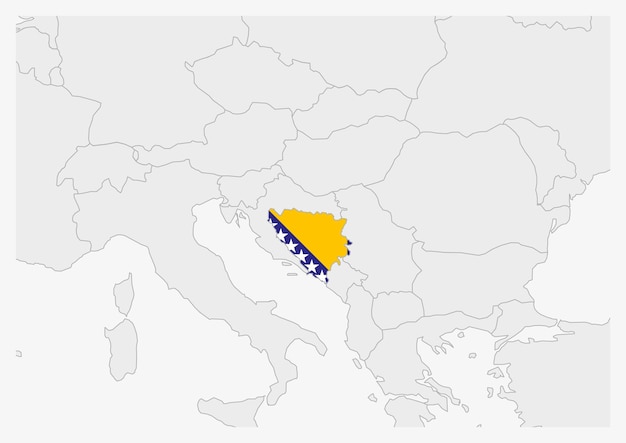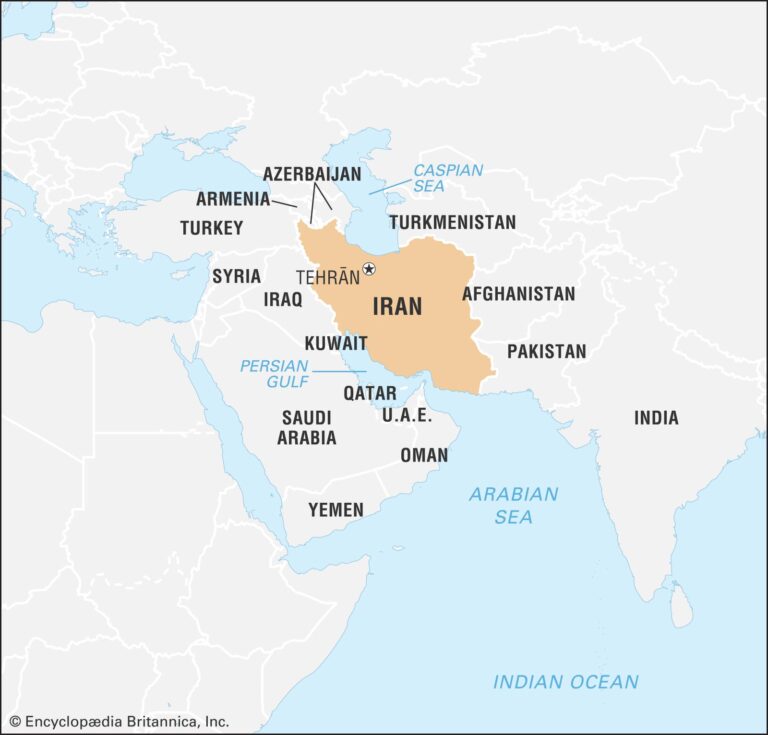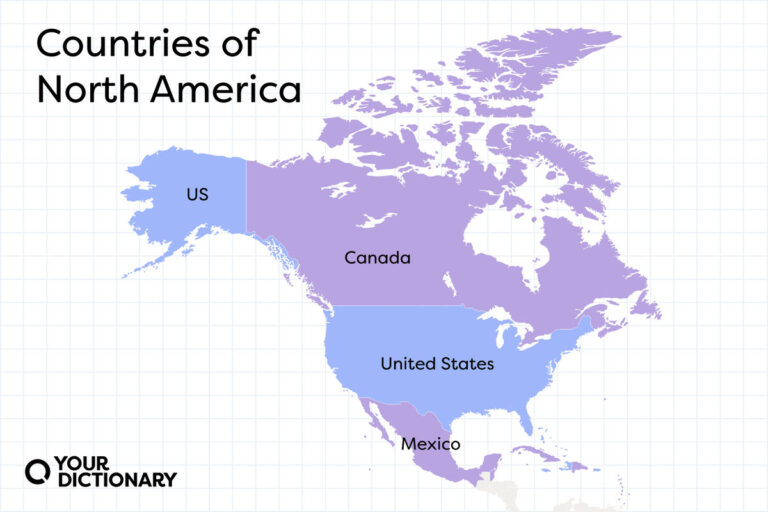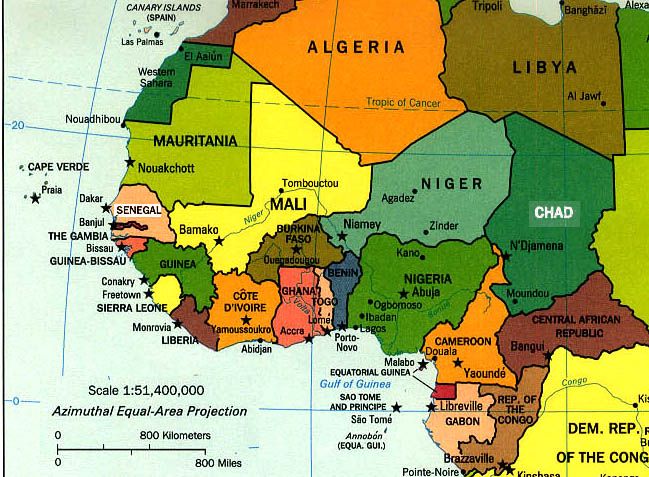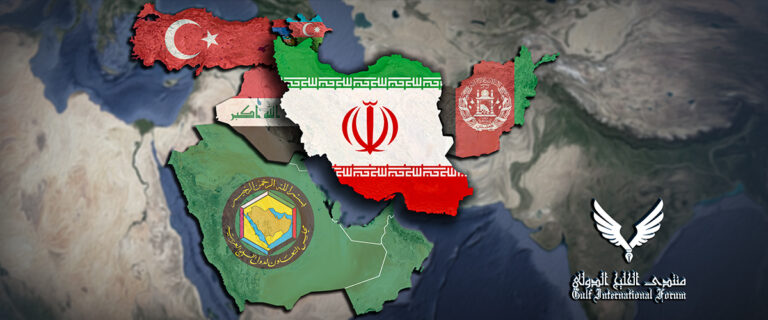Saudi Arabia Neighbouring Countries and Middle Eastern Map
Saudi Arabia’s Next-Door Neighbors
Saudi Arabia shares its borders with several key neighbors who play a big role in shaping its geographical, political, and trade scenes. Let’s check out its northern and eastern buddies.
Jordan, Iraq, and Kuwait
Jordan: Kicking things off with Jordan, it cozies up to Saudi Arabia’s northwest border. The Durra Border Crossing is a notable landmark here, sitting about 174 miles from Tabuk, Saudi Arabia. Back in August 1965, a treaty was signed that tweaked this boundary a bit, giving Jordan a smidge more coastline along the Gulf of Aqaba.
Iraq: Moving up north, we have Iraq bonding with Saudi Arabia. This long border is a heavyweight champ when it comes to trade and security. There are various official border crossings making it all the more easier for goods and travelers to flow between these two.
Kuwait: Heading northeast, we meet Kuwait. Though it has a lesser border compared to others, it’s a bit like the little engine that could—small but mighty. The Arar Crossing stands as a key player, boosting trade and travel vibes between these neighbors.
United Arab Emirates, Bahrain, and Qatar
United Arab Emirates (UAE): On the eastern front, the UAE parks itself as a well-defined neighbor. The Ramlat Khaliya checkpoint is a hallmark for transport and trade flowing between these two.
Bahrain: Now, Bahrain might be a bit of a special case—no land border, but hey, who needs it when you have the King Fahd Causeway? This nifty link keeps the bond strong and trade active.
Qatar: Wrapping things up on the eastern side is Qatar. This border acts as a thriving conduit for economic dealings. In the past, there was a whole economic blockade drama, but the later peace talks have patched things up quite well.
A Look at the Borders
| Country | Direction | Notable Points |
|---|---|---|
| Jordan | Northwest | Durra Border Crossing |
| Iraq | North, Northeast | Official Border Crossings |
| Kuwait | Northeast | Arar Crossing |
| United Arab Emirates | East | Ramlat Khaliya Checkpoint |
| Bahrain | Eastern Connection | King Fahd Causeway |
| Qatar | East | Economic Ties |
Getting the scoop on Saudi Arabia’s neighbors helps us understand its place in the bigger picture of geopolitics. Dive into more of these insights with features like Serbia’s neighbors, Somalia’s neighbors, and Sudan’s neighbors.
Saudi Arabia’s Southern Neighbors
Saudi Arabia cozies up to Oman and Yemen down south. These borders aren’t just lines on a map—they’re gateways to lively cultural fiestas and economic trades among the trio.
Oman and Yemen
Oman and Saudi Arabia hang out along a roughly 676-kilometer (420-mile) line. These two are like old pals, sharing trade secrets and watching each other’s backs. Their border isn’t just a random stretch of land; it’s dotted with landmarks that tell stories of agreements keeping everything friendly for years.
Then there’s Yemen, stretching its boundary with Saudi Arabia to about 1,458 kilometers (906 miles). It’s a big player in Saudi’s plans around that region. Sure, Yemen’s got its share of drama with internal conflicts, but Saudi Arabia’s got its eyes on keeping things chill and stable over there.
| Country | Border Length (km) | Border Length (miles) |
|---|---|---|
| Oman | 676 | 420 |
| Yemen | 1,458 | 906 |
If you’re itching to know more about how these lines affect the relationships and surroundings in the Middle East, check out our deep dives on Yemen neighboring countries and United Arab Emirates neighboring countries. These spots lay out the stories behind the geography and partnerships better than a history book.
Border Disputes and Agreements
Saudi Arabia sits in a pretty interesting spot in the Middle East, sharing borders with a good mix of countries. Some of these neighbors have seen eye to eye, and others, well, not so much. Let’s dig into the border agreement with Oman and the spat over the fence with the United Arab Emirates.
Saudi Arabia-Oman Border Agreement
Back in 1990, Saudi Arabia and Oman got together and decided to sort out their boundary issues along the southeast side of the Arabian Peninsula (Wikipedia). This wasn’t just about drawing lines in the sand though; they also made sure the locals could still graze their animals and drink from shared waters without a fuss. This deal’s been a big win for peace and cooperation between the two.
| Border Agreement | Details |
|---|---|
| Year of Agreement | 1990 |
| Key Features | Clear Borders, Shared Grazing, Water Rights |
| Location | Southeastern Coast of the Arabian Peninsula |
United Arab Emirates Border Dispute
Now, over with the UAE, things aren’t as rosy. There’s this area near the Al Buraymi Oasis that’s been a sticky point (Wikipedia). Both countries are pretty convinced the land is theirs and have been hashing it out for a good while.
The wrangling over this piece of turf has made things a bit tense at times, but given how closely connected the UAE and Saudi Arabia are—both culturally and strategically—working things out would be a game-changer for stability around the block.
| Border Dispute | Details |
|---|---|
| Disputed Area | Al Buraymi Oasis |
| Current Status | Still Negotiating |
| Impact on Relations | Puts a Strain on Ties |
If you’re curious about another spot’s neighborly woes and wins, dive into reads like Senegal’s neighboring lands or how Singapore gets on with its neighbors. Keeping tabs on these spats and friendlies offers a solid peek into the Middle East’s diplomatic chess board and how Saudi Arabia juggles its neighborhood mix.
Border Crossings and Checkpoints
If you’re planning to hop borders between Saudi Arabia and its neighbor pals, knowing the crossings and checkpoints ain’t just handy—it’s a must. Let’s take a look at some important ones, letting folks and their goods roll through smoothly.
Ramlat Khaliya and Arar Crossing
First up, we have the Ramlat Khaliya checkpoint. Smack in the middle of nowhere, this desert spot is the sole meeting point between Saudi Arabia and Oman. Picture this: one checkpoint for that whole stretch of frontier! It’s like the bouncer at a club, keeping everything in check between the two countries (World Atlas).
Next, there’s the Arar checkpoint up north, where Saudi Arabia and Iraq shake hands. This isn’t just any spot; it’s a lifeline for traders and those heading to Mecca for the holy pilgrimage. Talk about a busy crossroads and a win-win for both Saudi Arabia and Iraq.
| Checkpoint | Country | The Lowdown |
|---|---|---|
| Ramlat Khaliya | Oman | Lone ranger on the Saudi-Oman border |
| Arar | Iraq | Buzzing with trade and pilgrimage travelers |
Durra Border Crossing
Now, swing over to the Saudi-Jordan border and you’ll find the Durra Crossing. This checkpoint has been keeping the corridor open since 1966, with a facelift in 1988 to keep things moving. Sitting about 174 miles away from Tabuk, it stands as a testament to the friendly ties and trade between the two nations (World Atlas).
| Checkpoint | Country | Opened | Spruced Up | How Far from Tabuk? |
|---|---|---|---|---|
| Durra | Jordan | 1966 | 1988 | 174 miles |
All these border gateways are more than just places on a map; they’re like the friendship bracelets of countries, enhancing ties and trade routes. Got a thing for geography and politics, or just wanna know more about neighboring places? Check out articles like senegal neighboring countries and united arab emirates neighbouring countries.
Regional Influence and Soft Power
Saudi Arabia’s got a knack for control in its neck of the woods, flexing some serious diplomacy muscles to handle the sometimes wild world of politics and business. This bit gets into the latest moves from the kingdom, focusing on why it’s stepping away from old-school religious stuff like Salafism and how it’s shaking up its softer side.
Shift Away from Salafism
Here’s the lowdown: Saudi Arabia is dialing down its enthusiastic backing for Salafism, chopping funds to mosques and religious centers overseas. They’re switching gears to buddy up with countries that aren’t too keen on religious directives, like the US of A, various European folks, and cash-rich pals like China.
Why the change of heart? A few reasons come to mind:
- Keeping Trouble at Bay: Slashing funds to Salafi groups might put a damper on radical vibes, making things safer at home and in the hood.
- Cashing In on New Friends: By hobnobbing with larger markets and getting less hooked on oil money, they’re betting big on new ventures like fun, games, and tech toys.
Dropping the Salafi gig might mean Saudi Arabia isn’t as big a boss on religious matters in places like Yemen, Pakistan, and big African regions anymore. Watch out, other players might step in and bring their own flavor of influence.
Support for Islamic Interpretations
Still, Saudi Arabia’s not chucking its religious heritage altogether. Instead, they’re pushing for a more chill version of Islam to match global and local vibes. Here’s some of the new cool stuff they’re doing:
- Politics-Free Learning: Saudi’s all about giving out scholarships that align with their wider agenda. No political strings attached, just a heads up on educational opportunities (Carnegie Endowment).
- Talking the Talk: Through places like the King Abdullah bin Abdulaziz International Center for Interreligious and Intercultural Dialogue (KAICIID), they’re big on getting folks to chat and understand each other better across faith borders.
These efforts show Saudi Arabia’s trying to keep its influence up through clever soft power plays, even as it cuts back on the old Salafi gigs. The plan is to keep things fresh and moving with today’s global and local trends in mind.
If you’re itching to know more about Saudi Arabia’s neighbors or similar topics, check out other articles like San Marino neighboring countries or Yemen neighboring countries.
International Collaborations
Saudi Arabia has been busy making friends and building bridges all over the world, working to boost its sway and teamwork across different areas. Two big moves that stand out: the Islamic Military Counter-Terrorism Coalition and the King Abdullah bin Abdulaziz International Center for Interreligious and Intercultural Dialogue.
Islamic Military Counter-Terrorism Coalition
Saudi Arabia kick-started the Islamic Military Counter-Terrorism Coalition (IMCTC) back in December 2015. It began with 34 countries and has grown to include 41 nations that are part of the Organization of Islamic Cooperation. The big idea here: team up to tackle terrorism in Muslim-majority countries using shared smarts and teamwork.
| Country | Initial Members | Current Members |
|---|---|---|
| Saudi Arabia | 1 | 1 |
| Egypt | 1 | 1 |
| Pakistan | 1 | 1 |
| Turkey | 1 | 1 |
| Others (Total) | 30 | 37 |
| Total | 34 | 41 |
The IMCTC has grabbed a lot of attention the world over, but not without some jitters about how smoothly all the moving parts will work together. Despite these bumps, the coalition keeps its eyes on the prize: reducing terror threats and pushing for peace among its members.
King Abdullah bin Abdulaziz International Center
Now, meet the King Abdullah bin Abdulaziz International Center for Interreligious and Intercultural Dialogue (KAICIID). This place is a linchpin in Saudi Arabia’s diplomacy playbook, where the goal is to get different faiths and cultures talking and getting along.
| Initiative | Purpose | Impact |
|---|---|---|
| KAICIID | Interreligious Dialogue | Promoting Understanding |
| Scholarships | Non-Politically Charged | Facilitating Education |
| Conferences | Intercultural Exchange | Enhancing Cooperation |
With KAICIID’s work, Saudi Arabia is putting its best foot forward as a country that’s modern and moderate, out in the world. They run programs like neutral scholarships and hold conferences that help knit different communities together. Also, for a deeper dive into regional influence, check out our piece on Saudi Arabia neighboring countries.
By nurturing these collaborations, Saudi Arabia isn’t just flexing its muscles in soft power; it’s also pitching in for global peace and security in meaningful ways.

